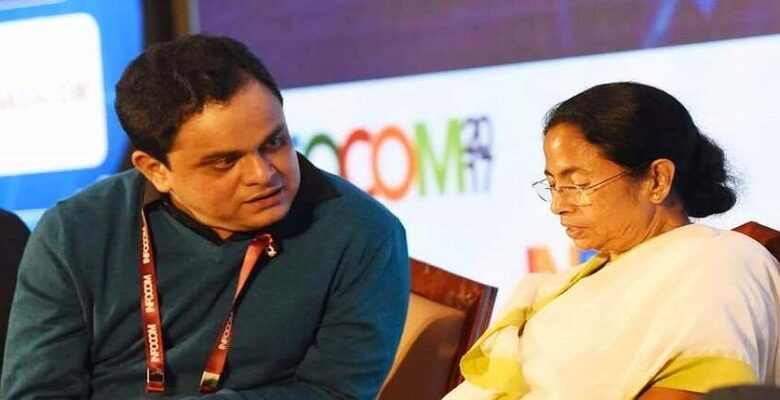West Bengal’s New Education Policy: A Balancing Act Between Choice and Diversity

Amidst reports of Bengali potentially becoming a mandatory second language under West Bengal’s new education policy, the state’s Education Minister, Bratya Basu, clarified the government’s stance. While the government upholds students’ freedom to choose their first language, it seeks to ensure that the selection of second and third languages aligns with the population demographics and ethnic diversity of the region.
Basu underscored that the government refrains from imposing Bengali as the second language. Instead, the choice of languages beyond the first will be influenced by the population pattern and the ethnic composition of the local populace. The minister emphasized that individual preferences would determine the primary language, whether it’s Bengali, Nepali, Alchiki, Rajbanshi, Urdu, or any other.
The state’s new education policy necessitates students to learn three languages during classes 5-8. As this policy takes shape, Basu assured that its recommendations will be soon made available on the official website, ensuring transparency and accessibility.
The discourse extended to the regulation of private schools in West Bengal. Basu addressed the concerns surrounding fee structures, clarifying that the state government does not intend to exert full control over private educational institutions. While established schools typically have stable fee structures, some new entrants have exhibited abrupt fee increases. In response to this disparity, Basu revealed that the government aims to oversee and regulate those institutions that experience significant fee hikes, aiming to maintain a balance between quality education and reasonable affordability.
West Bengal’s approach to its education policy reflects a delicate balance between individual choice and the rich diversity that characterizes the state. By permitting students to freely select their primary language, the government acknowledges linguistic, cultural, and regional differences. The commitment to crafting language education around local demographics ensures inclusivity, allowing communities to preserve their heritage while fostering a sense of belonging.
The evolution of West Bengal’s education policy signifies the state’s commitment to education that reflects its people’s needs and aspirations. By ensuring language choices align with demographic realities, the government not only empowers students but also strengthens the ties that bind diverse communities. Furthermore, their approach to overseeing private schools demonstrates a nuanced understanding of the education ecosystem, aiming to maintain fairness and uphold educational standards.As the education policy takes shape and becomes a tangible reality, West Bengal’s approach underscores the importance of continuous dialogue, adaptation, and responsiveness.
News Mania Desk / Agnibeena Ghosh 10th August 2023






